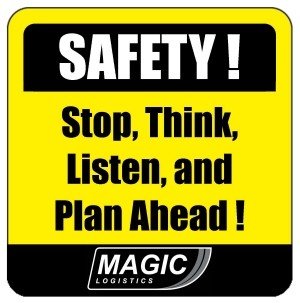The Best Practices Of Safety Programs

The best practices for a safety program promote a culture of "safety first" and include engaging employees and management, documenting and defining safety procedures and providing methods for employees to report a potentially dangerous situation
Significance
Dangerous situations can cause injury that can lead to financial hardship, litigation and negative press for a company. The Occupational Safety and Health Administration regulates certain products, equipment and industries; the regulations are specific about safe handling procedures, signage and documentation of injuries. Smart employers develop a compliance program to reduce risks and costs.
Timeliness
The most effective safety programs allow employees to quickly report potentially unsafe issues. By documenting, prioritizing and responding to unsafe reports rapidly, a company minimizes risks and costs associated with dangerous situations.
Prevention/Solution
Preventing dangerous situations from occurring is the best way to maintain a safe environment. Signage--such as "Wet Floor"--identifies unsafe conditions, and illustrations posted near machinery show employees which protective gear they are supposed to use. Safety-conscious employers train and certify employees who use dangerous equipment, such as forklifts and welding tools, electrical current or hazardous chemicals.
Significance
Dangerous situations can cause injury that can lead to financial hardship, litigation and negative press for a company. The Occupational Safety and Health Administration regulates certain products, equipment and industries; the regulations are specific about safe handling procedures, signage and documentation of injuries. Smart employers develop a compliance program to reduce risks and costs.
Timeliness
The most effective safety programs allow employees to quickly report potentially unsafe issues. By documenting, prioritizing and responding to unsafe reports rapidly, a company minimizes risks and costs associated with dangerous situations.
Prevention/Solution
Preventing dangerous situations from occurring is the best way to maintain a safe environment. Signage--such as "Wet Floor"--identifies unsafe conditions, and illustrations posted near machinery show employees which protective gear they are supposed to use. Safety-conscious employers train and certify employees who use dangerous equipment, such as forklifts and welding tools, electrical current or hazardous chemicals.
- 1x5458e9a2b821354e5a526611a1f2021c.jpg
- 3o0a34383c9c2061538060d91413fa96c4.jpg